Estimated reading time: 10 minutes
If you’re interested in or considering importing products from China, then buying product samples from China should also be important for you. By using pre-production samples, you can test whether the supplier you’ve chosen is qualified.
In this guide from Owlsourcing, you will gain a deeper understanding of buying product samples from China and receive a comprehensive analysis of how to buy stuff from China.
Table of Contents
ToggleWhat Are the Types of Product Samples Available?
1. Reference Samples from the factory
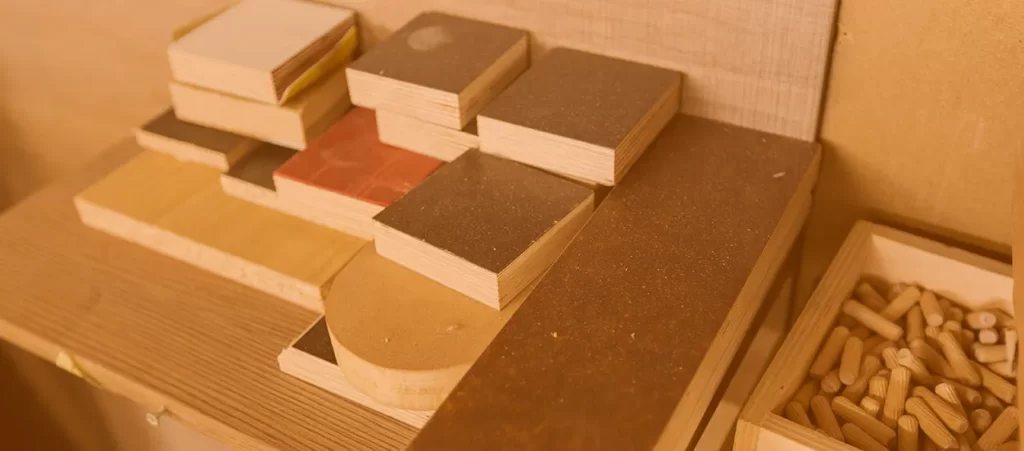
Standard or existing products a factory can provide as a quality benchmark or example of their work.
2. Custom-Made Product Samples
Specifically produced based on a buyer’s unique specifications, often used to assess the manufacturer’s ability to create a product to exact requirements.
3. Counter-Samples
Samples that a manufacturer creates as a response to the buyer’s reference sample, to show that they can replicate the design with their materials.
4. Virtual Samples
Digitally created previews of products, often using 3D modeling or similar technology, allowing for a visual representation without a physical sample.
Things you need to know: Innovations with 3D-printed Product Samples
Cycling Accessories
The company Fizik, in collaboration with Carbon, has developed superior bike saddles using 3D printing. They used a technology called Digital Light Synthesis (DLS) to create saddles with multiple functional zones, each designed for specific mechanical properties to improve performance and comfort.
Data from: amfg.ai
In Automotive Industry
Porsche has leveraged 3D printing for automotive seat customization. By using thermoplastic polyurethane (TPU), they created seats with different firmness levels and plans to further personalize the seats to the specific body contours of customers. This level of customization is currently only possible with 3D printing technology.
The vast potential of 3D printing in creating product samples that are not only precise but also highly tailored to specific uses and individual requirements. The technology enables rapid prototyping and customization, which can significantly reduce development time and costs while improving product quality and performance.
5. Preproduction samples
These are finalized versions of the product made before mass production starts, serving as the last step for quality and specification verification.
6. Other Sample Types
This could include promotional samples for marketing, material samples for quality checks, or any other type specific to an industry or product category.
The Importance of Ordering Product Samples from China
Before getting into the details of ordering product samples from China, you should understand why product samples are so important. Here are some key factors for reference:
- Quality Assurance: When sourcing products from China, it can be challenging to assess their quality solely based on images or descriptions.
By requesting samples from companies, you can physically evaluate the product’s materials, workmanship, and overall quality standards.
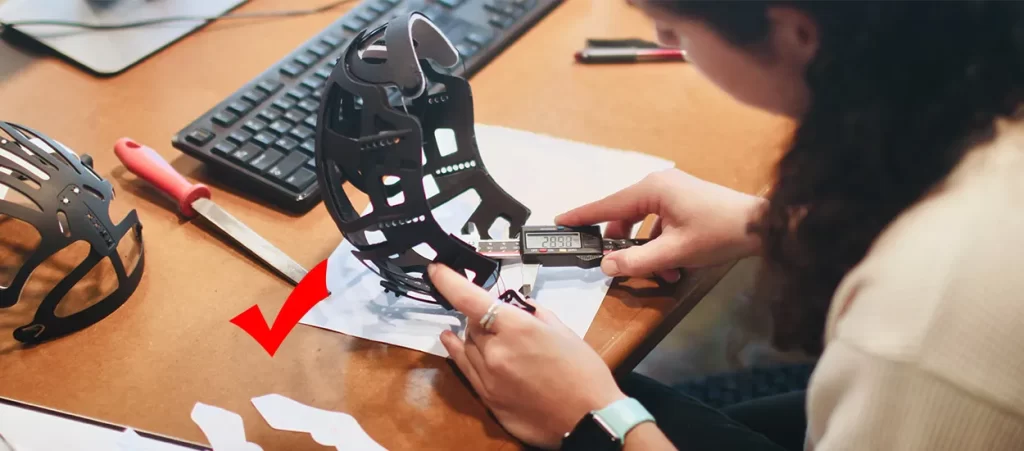
- Assessing Supplier Capability: Sampling allows you to measure a supplier’s ability to meet your requirements.
Manufacturer samples help determine if they can produce goods that meet your specifications and standards.
- Test Market Viability: Before committing to a bulk order or launching a new product line, testing market viability is important.
By getting product samples, you can gather feedback from potential customers and assess demand before making larger investments.
- Product Customization: If you have specific design requirements or want custom-made products tailored to your vision,
Buying Product samples enables you to communicate your needs effectively and fine-tune the outcome.
Tip: If you are not good at Chinese, Owlsourcing has a professional sourcing team in China that will help you negotiate your product needs with Chinese suppliers.
Exploring Different Product Sample Categories
When venturing into buying product samples from China, it’s helpful to understand the various sample categories available. Let’s explore each category and its significance:
1. Factory Samples: Understanding Their Significance
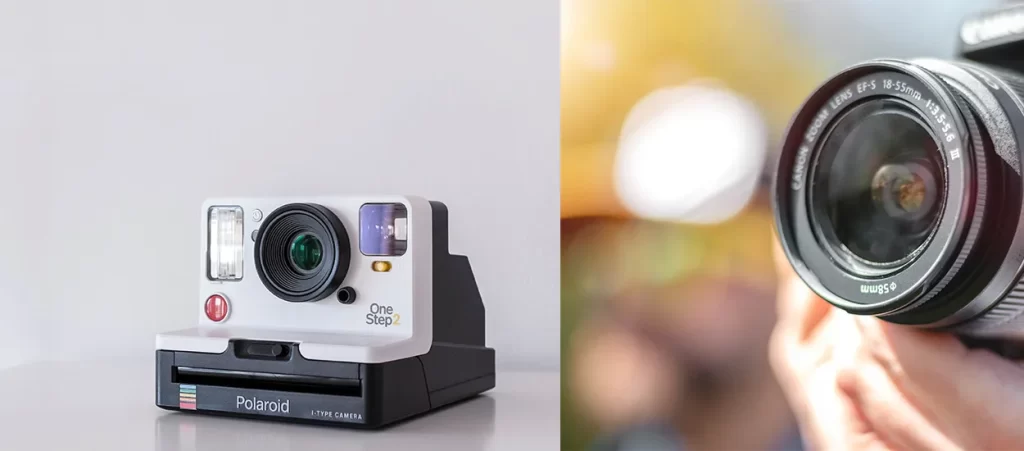
Factory samples refer to existing products created by the manufacturer to showcase their capabilities and product range. These samples are readily available and can be used to assess the quality, workmanship, and materials used by a particular factory.
Factory samples are particularly valuable when you’re looking for off-the-shelf products or searching for potential suppliers. By requesting samples from companies, you can gain insights into the manufacturer’s production standards, packaging methods, and overall product quality.
This allows you to make informed decisions about whether a specific factory meets your requirements and aligns with your brand’s standards.
2. Custom-Made Product Samples: Tailoring Your Vision
If you have unique design specifications or require custom-made products, ordering custom-made product samples is essential. This category of samples involves communicating your vision, specifications, and design requirements to the manufacturer.
Custom-made product samples allow you to evaluate how well the supplier understands your needs and their ability to translate them into tangible products. It also provides an opportunity for feedback and iterations before moving forward with bulk orders.
3. Production Samples: Ensuring Mass Quality
Once you’ve finalized a supplier and are ready to proceed with larger orders, production samples become crucial in ensuring mass quality consistency.
These samples act as reference points for factories during mass production. Production samples should represent the exact specifications, materials, finishes, and packaging that will be used in bulk manufacturing.
By thoroughly inspecting these samples for quality standards before giving final approval for mass production, you can minimize any potential issues or discrepancies down the line.
4. Other Sample Types
Apart from factory samples, custom-made product samples, and production samples; there may be other sample types worth considering depending on your specific needs:
- Prototype Samples: If you’re developing a new product from scratch or making significant modifications to an existing one, prototype samples can help you visualize and refine your design before moving forward.
- Material Samples: If the quality and suitability of materials are crucial for your product, requesting material samples can help you assess their durability, texture, color accuracy, and overall aesthetic appeal.
- Packaging Samples: For products requiring specialized packaging or branding elements, ordering packaging samples allows you to evaluate their quality, functionality, and visual impact. It ensures that the packaging aligns with your brand’s image and provides a positive unboxing experience for customers.
How to Get Product Samples from Chinese Suppliers?

Here are some key points to consider for buying product samples from China:
- Payment Terms: For samples under $1500, you usually pay upfront, but for more expensive tooling samples (like injection molds), payment is often split into two parts.
- Cost of Samples: Sample costs can vary widely, from $10 to several thousand dollars, depending on whether new tooling is required. For example, garment samples can range from $20 to $150, and electronics from $800 to $6000.
- Protecting Your Design: It is wise to have suppliers sign an NDA, but these are difficult to enforce without legal help. Registering patents and trademarks in all major markets, including China, offers the best protection.
- Supplier Competence: It’s recommended to order samples from multiple manufacturers to compare their quality and capabilities, especially in industries like apparel where the failure rate can be high.
- Delivery and Customs: Samples are generally delivered by airmail, and you may need to pay import duties depending on the value of the samples and your country’s regulations.
1. Communicating Precise Product Specifications
When requesting product samples, clear communication is key. Provide detailed specifications, including dimensions, materials, colors, and any other specific requirements.
Clear communication will ensure that the supplier understands your expectations and delivers samples that align with your needs.
2. Collaborative Product Development with Suppliers
Engage in open and collaborative discussions throughout the sampling process. Regular communication allows you to provide feedback, request modifications, and work together towards achieving the desired outcome.
3. Navigating Intellectual Property Risks in China
Before sharing confidential information or designs with suppliers, consider taking necessary precautions such as signing non-disclosure agreements (NDAs) or filing for patents or trademarks.
It’s advisable to consult legal professionals who specialize in intellectual property law to safeguard your interests.
4. Handling Supplier Refusals for Samples
Occasionally, some suppliers may be reluctant to provide free samples due to various reasons such as high production costs or concerns about IP theft.
In such cases, it’s important to negotiate alternative arrangements. You can offer to pay for the sample or cover shipping costs if necessary.
Maintaining open lines of communication and flexibility will help overcome potential obstacles.
5. Sourcing Samples from Multiple Chinese Manufacturers
To ensure you find the best fit for your product needs, consider sourcing samples from multiple Chinese manufacturers simultaneously.
This approach allows you to compare quality standards, pricing structures, lead times, and overall compatibility with your business requirements.
Notes from Owlsourcing: Can I order product samples on Alibaba? And is it free of charge?
Yes, you can order product samples on Alibaba, but they are generally not free of charge.
Most suppliers will require payment for samples to cover their costs, as it is not feasible to send out free samples to the numerous inquiries they receive.
Be aware that samples are often 10-50% more expensive than bulk orders due to their custom nature and to demonstrate buyer’s commitment.
Additionally, you should consider freight costs, which can be substantial even for small packages.
Alibaba Sample Ordering Process
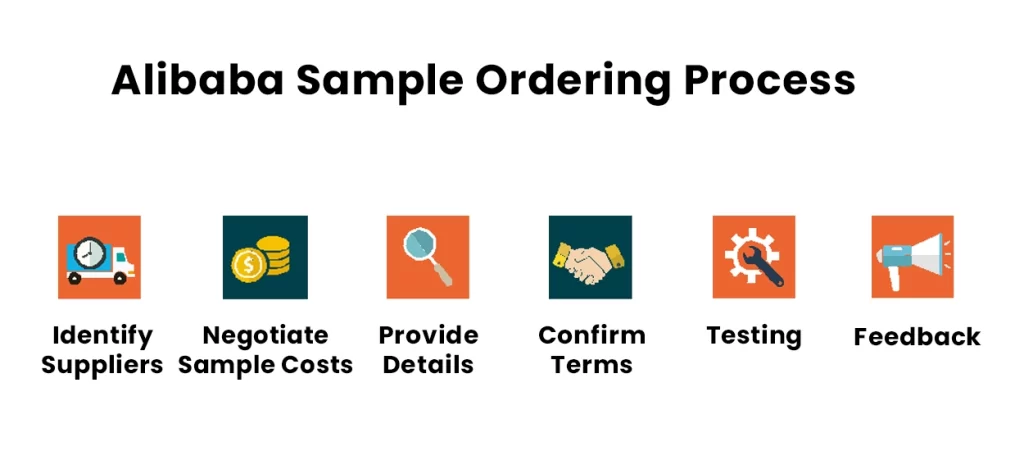
- Identify Suppliers: Search for and select suppliers who offer the product you’re interested in.
- Negotiate Sample Costs: Contact suppliers to discuss sample availability and costs.
- Provide Details: Clearly communicate your requirements and specifications for the sample.
- Confirm Terms: Agree on payment terms, shipping methods, and any customization needed.
- Testing: Once received, thoroughly inspect and test the sample.
- Feedback: Provide feedback to the supplier on the sample and negotiate any necessary changes for mass production.
How much does it cost to buy Product Samples from China?
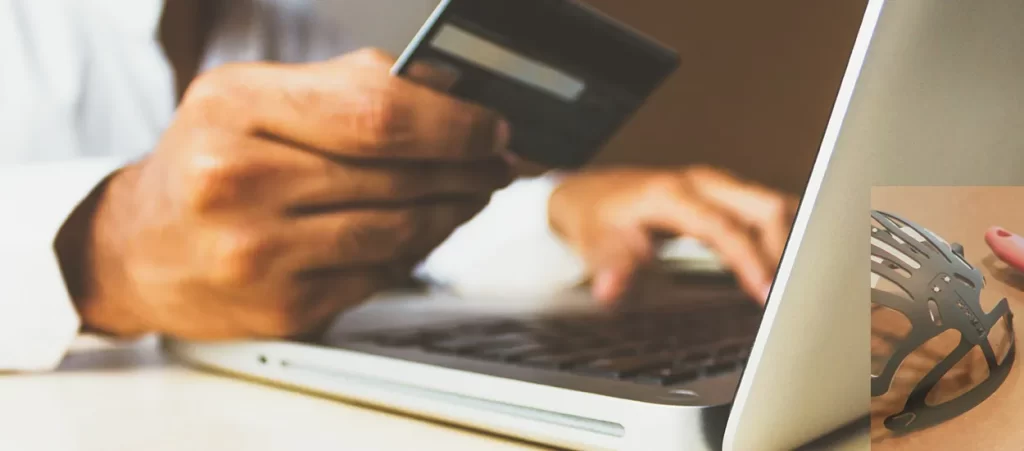
Payment Options for Acquiring Product Samples
When ordering product samples from China, payment options can vary depending on the supplier. Common methods include wire transfers, PayPal, or using a trusted trade assurance platform like Alibaba.com.
It’s important to choose a secure payment method that offers buyer protection.
Import Duties and Taxes for Imported Samples
Import duties and taxes are additional costs to consider when importing samples from China. The exact amount varies based on your country’s regulations and the declared value of the samples.
Research your country’s customs laws or consult with a customs broker to estimate these costs accurately.
Estimating the Costs of Chinese Product Samples
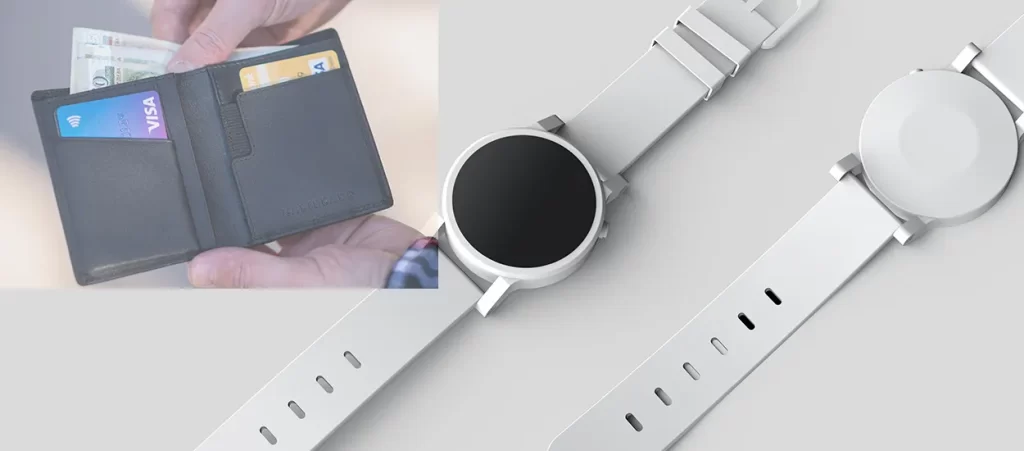
The cost of product samples can vary significantly depending on factors such as complexity, customization, materials used, and shipping fees.
It’s advisable to request a comprehensive quotation from suppliers that includes all relevant expenses. This will help you make informed decisions and prevent any unexpected financial surprises.
Maximizing Cost Efficiency in Sample Prototyping
Efficient sample prototyping allows you to streamline the process while minimizing costs. Consider implementing the following strategies:
Streamlining the Delivery of Your Product Samples
Consolidate multiple sample orders into one shipment whenever possible. Consolidating shipments from China reduces shipping costs and saves time during customs clearance procedures.
Simplifying Import Duties and Taxes for Samples
To simplify import duties and taxes, work closely with a reliable China shipping agent or customs broker who can guide you through the process.
They will ensure compliance with regulations while optimizing cost efficiency.
When Is the Right Time to Order Product Samples?
You should order samples after conducting thorough market research but before committing to large-scale production.
This allows you to validate the market demand for your product and make any necessary modifications based on customer feedback.
Read More:
- Buy from China | How to Find the Best China Wholesale Suppliers?
- How To Import Bags From China: A Detailed Guide
- How to Import Battery from China
- China Sourcing Agent Fees
Final Thoughts
Through the above article, you now have a comprehensive understanding of buying product samples from China. So, are you ready to source products from China?
Owlsourcing is here to help you with all your concerns. Please feel free to contact us.

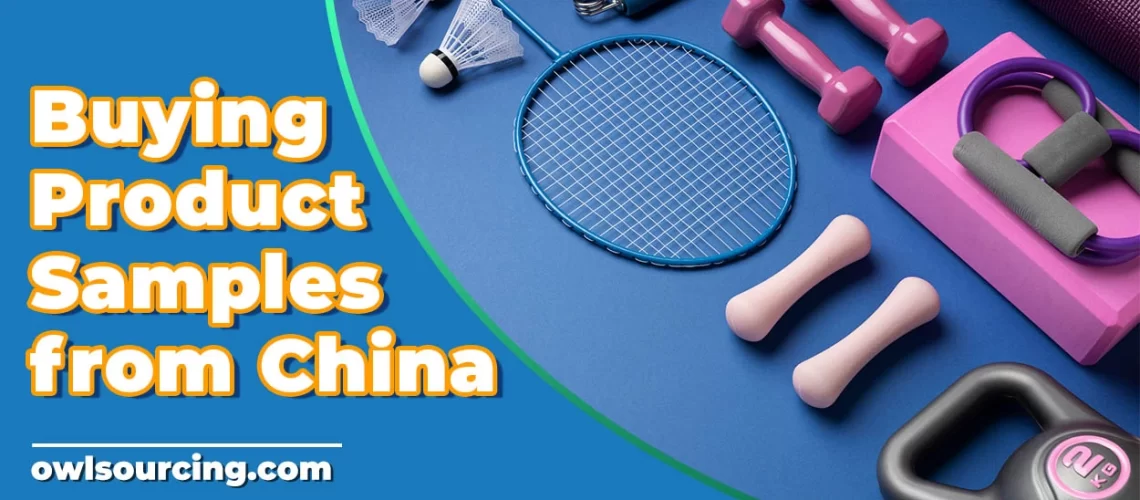
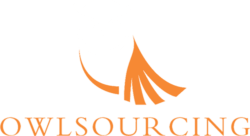
2 thoughts on “Buying Product Samples from China: Your Ultimate Guide”
Which city in China offers the most favorable tax rates for importing health products as samples?
Hello Madonna,
Shenzhen, known for its favorable tax policies and status as a Special Economic Zone, is often considered the best city in China for importing health products as samples with advantageous tax rates.
😊